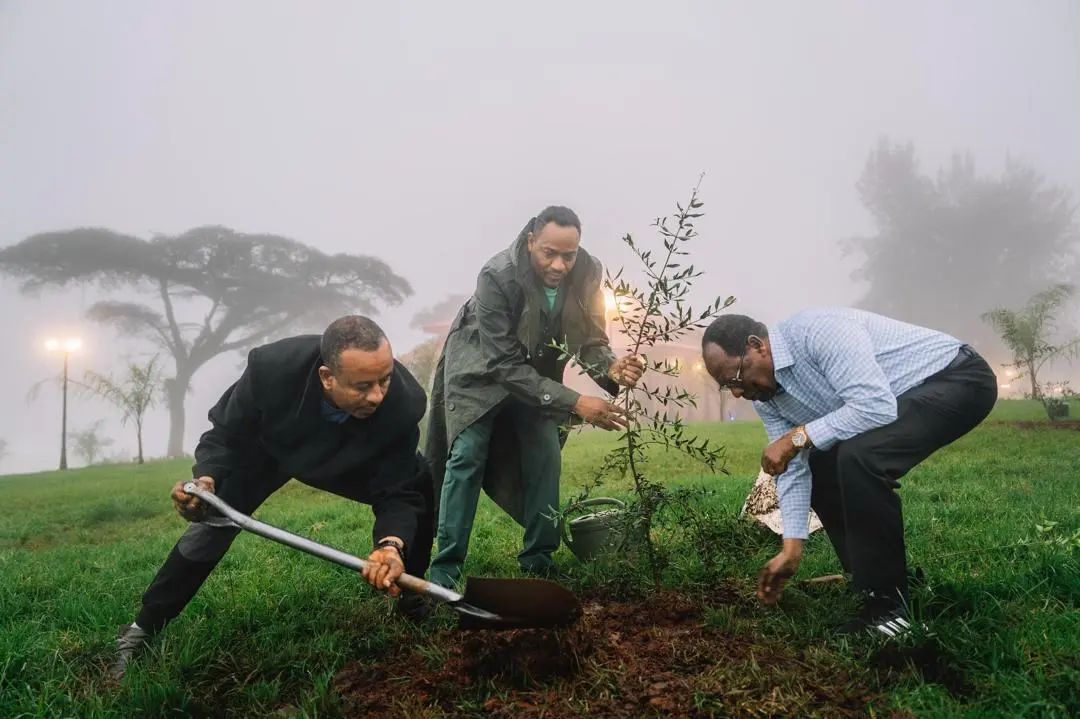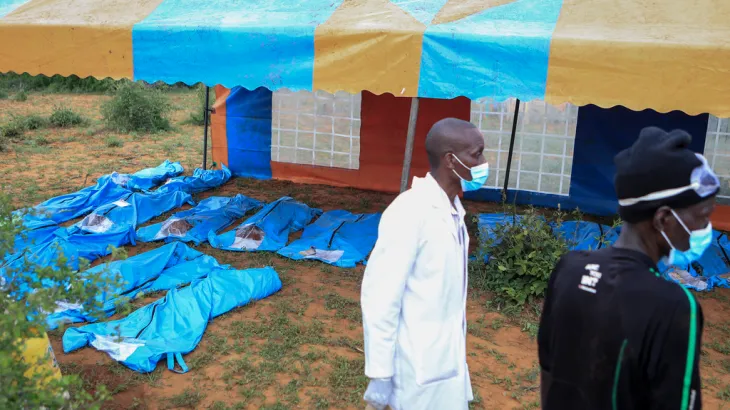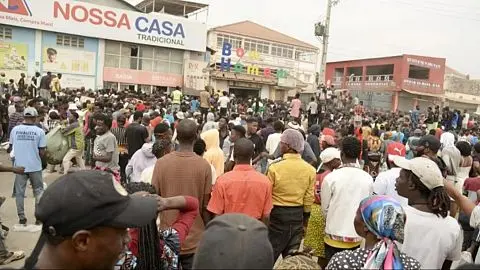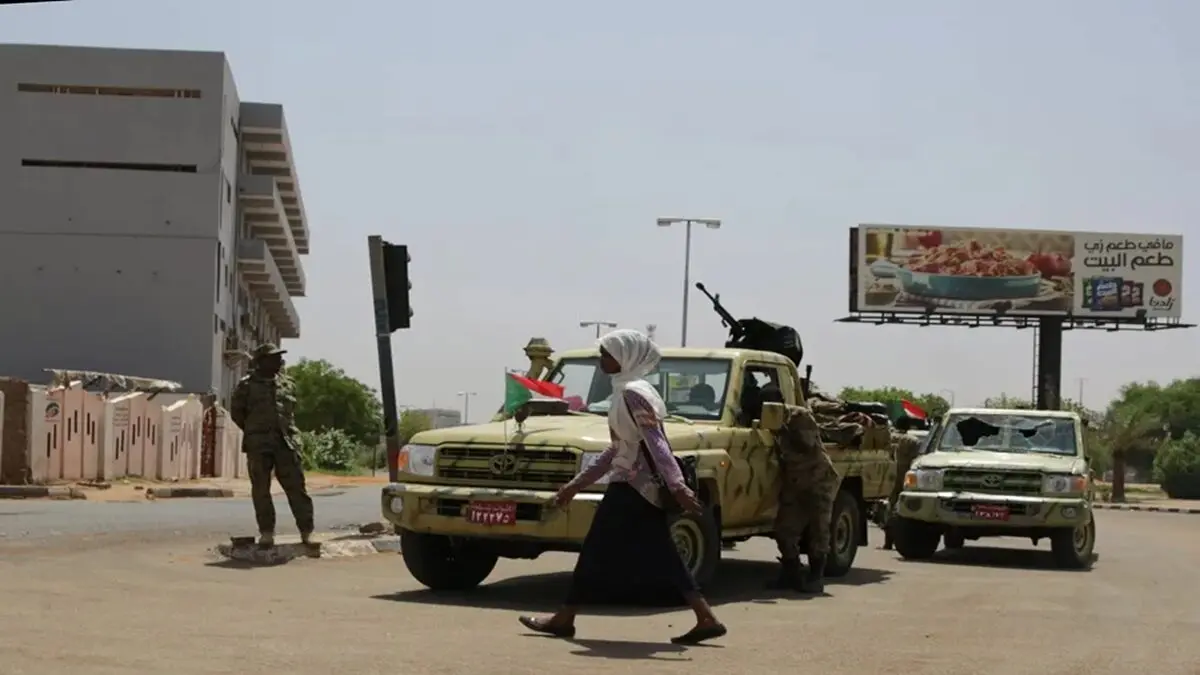Flash Floods Kill 23 in Nigeria’s Adamawa State as Climate Risks Escalate
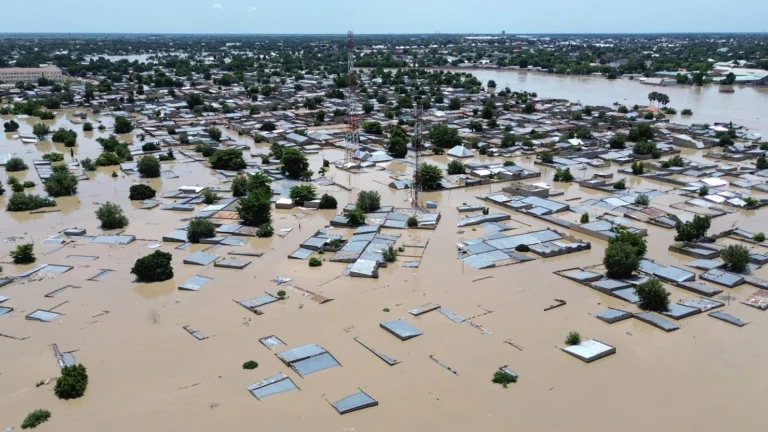
Photo: CNN
July 30, 2025 Hour: 3:15 pm
At least 23 people have died and 11 remain missing after flash floods swept through Adamawa State in northeastern Nigeria, the United Nations Office for the Coordination of Humanitarian Affairs (OCHA) confirmed Tuesday.
Torrential rains submerged several neighborhoods in Yola, the state capital, displacing more than 5,500 residents and injuring dozens.
The flooding, which began Sunday, affected five communities in the Yola South Local Government Area, including Sabon Pegi, Shagari Phase 2, and Lakare. Emergency shelters have been set up at Aliyu Musdafa College, where displaced families are receiving food, water, and medical care.
Authorities have warned of continued rainfall and urged residents in flood-prone zones to move to higher ground. The Nigerian Meteorological Agency (NiMet) has forecast further thunderstorms and moderate rainfall across Adamawa and neighboring states this week, raising fears of additional flash floods.
Since May, floods have claimed more than 200 lives across Nigeria, with Niger State bearing the brunt of fatalities. In 2024, over 300 people died and more than one million were displaced in what became one of the country’s worst flood seasons in decades.
Experts attribute the worsening crisis to climate change, which has intensified rainfall patterns and overwhelmed Nigeria’s aging infrastructure. Poor drainage systems and unregulated urban expansion have left many communities vulnerable to sudden inundation.
The National Emergency Management Agency (NEMA) has deployed response teams and praised the support of local and international partners in managing the humanitarian fallout. However, officials acknowledge that the scale of displacement and damage is straining available resources.
Residents like Angela Joseph, who lost her fish farming business in the floods, say recovery will be long and uncertain. “I don’t know where to start from,” she told reporters.
As Nigeria’s rainy season continues through November, meteorologists warn that most states remain at risk, and humanitarian agencies are urging stronger disaster preparedness and climate adaptation measures.
Author: OSG
Source: EFE-Africanews


